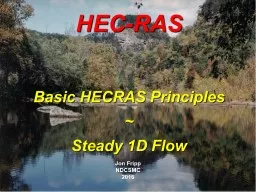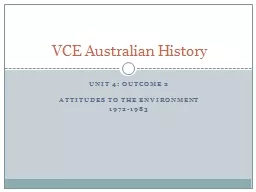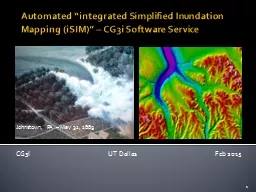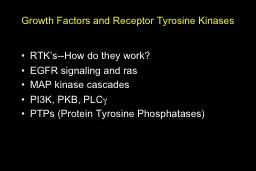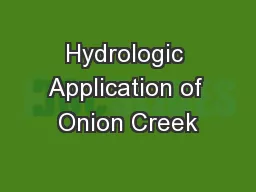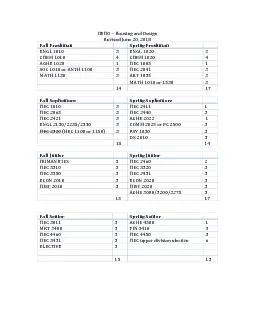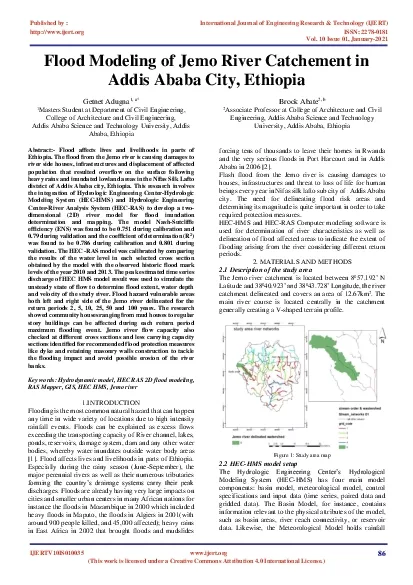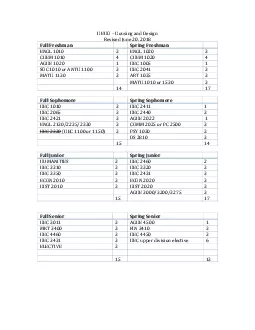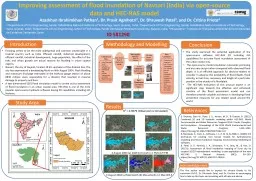PPT-HEC-RAS Basic HECRAS Principles
Author : faustina-dinatale | Published Date : 2020-01-18
HECRAS Basic HECRAS Principles Steady 1D Flow Jon Fripp NDCSMC 2016 Hydraulic Analysis Components What the program does when it runs steady 1D simulations Module
Presentation Embed Code
Download Presentation
Download Presentation The PPT/PDF document "HEC-RAS Basic HECRAS Principles" is the property of its rightful owner. Permission is granted to download and print the materials on this website for personal, non-commercial use only, and to display it on your personal computer provided you do not modify the materials and that you retain all copyright notices contained in the materials. By downloading content from our website, you accept the terms of this agreement.
HEC-RAS Basic HECRAS Principles: Transcript
Download Rules Of Document
"HEC-RAS Basic HECRAS Principles"The content belongs to its owner. You may download and print it for personal use, without modification, and keep all copyright notices. By downloading, you agree to these terms.
Related Documents

